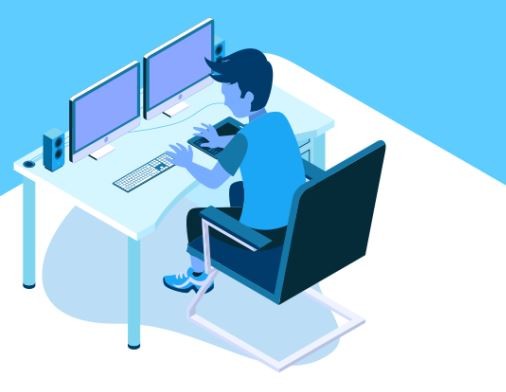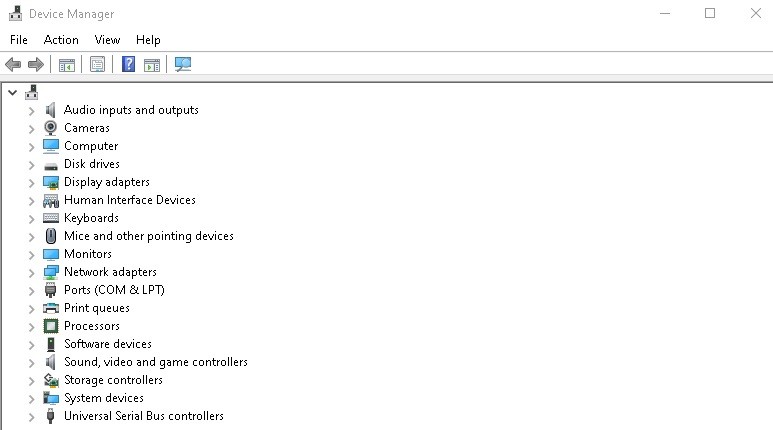Updated February 2025: Stop getting error messages and slow down your system with our optimization tool. Get it now at this link

Screen tearing is a graphical distortion that occurs when the graphics processor is out of sync with the screen. This causes a horizontal line to appear when playing a video or video game because the top region is out of sync with the bottom region.
If the GPU is heavily loaded, it may not be able to keep up with the refresh rate of the screen. As a result, part of the screen is redrawn in one frame and the rest in another. When this happens in several images, a noticeable vertical line appears on the screen.
What are the causes of screen tearing?

If the computer system is out of sync with the graphics processor and screen refresh rate, the screen cannot draw and display images instantly.
If the monitor is out of sync with the graphics processor and continues to receive commands while the image is rendered, the tearing and receiving new information will show up as a tearing effect. The delayed and slow output will cause the screen to tear.
How to repair the screen tearing?
You can now prevent PC problems by using this tool, such as protecting you against file loss and malware. Additionally, it is a great way to optimize your computer for maximum performance. The program fixes common errors that might occur on Windows systems with ease - no need for hours of troubleshooting when you have the perfect solution at your fingertips:February 2025 Update:

Updating a Graphics Driver
- Press Win + R to open the Run window.
- Then type devmgmt.MSC in the box and click OK to open the Device Manager.
- Double-click the Display Adapter to expand it.
- Right-click on the graphics driver that appears under Display Adapters, and select Update Driver.
- You will be asked how you want to search for drivers. Select Automatically check for updated drivers.
- Windows will then search for drivers on the Internet, download and install them automatically.
- After installing the latest graphics driver, you must restart your computer.
Changing the resolution and refresh rate
- Press Win + S to open a search, and type Resolution in the box.
- Then in the list of results, click Change Screen Resolution.
- Scroll to the end and select Advanced Display Settings.
- Under Advanced Display Settings, click Display Adapter Properties for Screen 1 to adjust the current display settings.
- In the pop-up window, you will see the properties of your equipment. Simply click the List all modes button on the Adapters tab.
- Select a different acceptable mode and click OK.
- Then reboot your computer.
Disabling fullscreen optimization
- Right-click on your game icon and select Properties.
- Select the Compatibility tab and check the Disable Full-Screen Optimization checkbox.
- Click Apply to save your changes and then restart your computer.
Expert Tip: This repair tool scans the repositories and replaces corrupt or missing files if none of these methods have worked. It works well in most cases where the problem is due to system corruption. This tool will also optimize your system to maximize performance. It can be downloaded by Clicking Here
Frequently Asked Questions
How do I fix the split screen on my desktop?
- Right-click on your Windows desktop and select Screen Resolution.
- Select Advanced Settings.
- Select All Modes List.
- Select the resolution and refresh rate that all monitors support.
- Select OK, then Apply.
Why does my screen tear so badly?
Screen tearing mainly occurs when the refresh rate exceeds your screen's refresh rate. The main disadvantage of screen tearing occurs when the frame rate drops below the refresh rate. V-Sync imposes a refresh rate that is equally divided by the refresh rate.
How to avoid screen tearing?
- Change the resolution and refresh rate.
- Turn NVIDIA VSync on/off.
- Disable optimizations for the game mode and full-screen mode.
- Check your graphics drivers.
- Disable image restriction.
- Turn off smooth scrolling.
- Use an efficient power-saving plan.
- Use a different browser.
What causes a screen tear?
Screen tearing occurs when the monitor's refresh rate and the GPU's refresh rate are not in sync. While most gamers don't consider the refresh rate (FPS) above your monitor's maximum refresh rate to be a serious problem, it can cause obvious screen tearing, which can be quite annoying.
